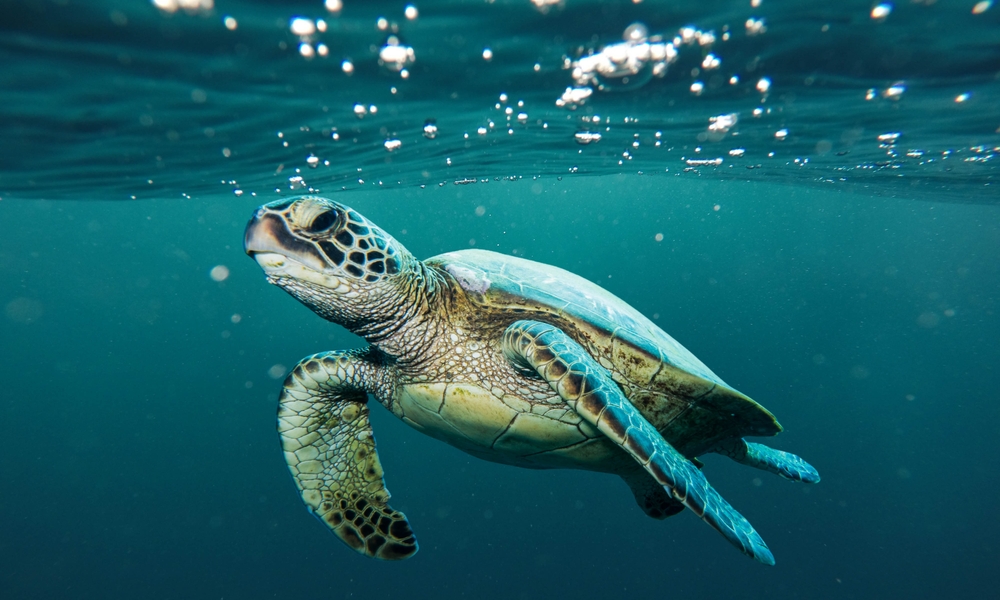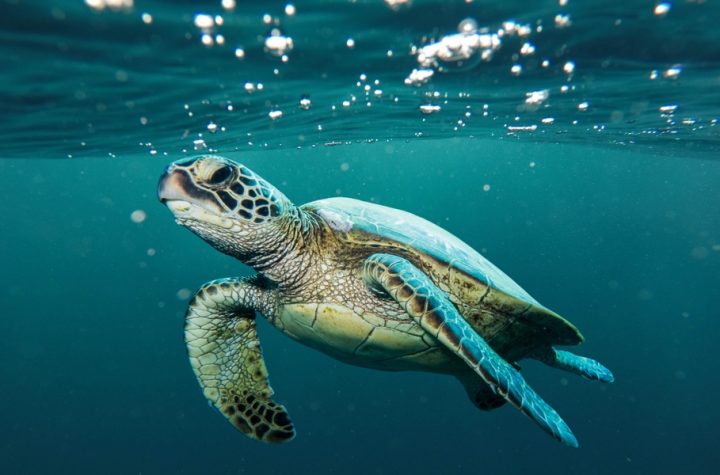
Turtles are some of the most iconic and beloved reptiles in the animal kingdom. From their unique shells to their slow, methodical movements, turtles have long captured the fascination of both nature lovers and pet owners. However, there are plenty of myths and misconceptions that surround these remarkable creatures. Misunderstandings about their behavior, diet, and habitat can lead to improper care and a lack of appreciation for their role in the ecosystem.
In this article, we’ll dive deep into common turtle myths debunked to set the record straight and help you better understand these incredible reptiles.
Myth 1: Turtles Are Slow and Unintelligent
One of the most enduring misconceptions about turtles is that they are slow, not just physically but mentally as well. While it’s true that turtles are not known for speed, especially on land, they are far from unintelligent. In fact, many species of turtles display impressive problem-solving abilities and can navigate complex environments.
For instance, aquatic turtles, such as the red-eared slider, are skilled swimmers and can quickly move through the water with grace. Turtles are also known to recognize their owners and can even be trained to respond to certain cues. Intelligence in turtles is different from that of mammals, but it’s a mistake to assume they are “slow-witted.”
Myth 2: Turtles Can Leave Their Shells
This is perhaps one of the most persistent myths, largely popularized by cartoons and media portrayals of turtles. Unlike hermit crabs, which find new shells as they grow, a turtle’s shell is an integral part of its body. The shell is made up of bone and is fused to the turtle’s spine and ribcage. As the turtle grows, so does its shell. The idea that a turtle can simply step out of its shell is not only incorrect but biologically impossible.
Shells are crucial for a turtle’s protection and survival, acting as a shield against predators and environmental hazards. Any damage to the shell can cause significant health issues for the turtle, which is why proper care and nutrition are so important.
Myth 3: Turtles Don’t Require Special Care
Another common misconception is that turtles are low-maintenance pets that require little care. This belief likely stems from the fact that turtles are quiet and don’t need constant attention. However, in reality, turtles have specific needs when it comes to their environment, diet, and overall well-being.
Turtles require a clean habitat with the correct water temperature, lighting, and basking areas. For aquatic species, such as the painted turtle, a well-maintained tank with a filtration system is essential to keep the water clean and healthy. In terms of diet, turtles need a balanced diet of leafy greens, vegetables, and in some cases, protein sources like insects or fish, depending on the species.
Myth 4: Turtles Can Live on Lettuce Alone
Many new turtle owners make the mistake of feeding their pets only lettuce, believing it’s enough to meet their nutritional needs. While turtles do eat leafy greens, a diet consisting solely of lettuce lacks the essential nutrients they require. Over time, this can lead to malnutrition and health problems such as metabolic bone disease.
Different species of turtles have varying dietary needs. Herbivorous turtles, such as the tortoise, thrive on a variety of leafy greens, vegetables, and occasional fruits. On the other hand, omnivorous turtles, such as the box turtle, require a mix of greens, insects, and proteins. To ensure your turtle’s health, it’s essential to provide a balanced diet tailored to its species.
Myth 5: Turtles Don’t Need Sunlight or UVB Lighting
In the wild, turtles spend a significant amount of time basking in the sun. Sunlight not only helps regulate their body temperature but also provides essential UVB rays that aid in vitamin D3 synthesis. Without sufficient vitamin D3, turtles cannot properly absorb calcium, which can lead to shell deformities and other health issues.
For turtles kept in captivity, access to natural sunlight or UVB lighting is crucial. UVB bulbs are necessary to replicate the benefits of natural sunlight, especially for indoor setups. Without it, your turtle may suffer from poor bone growth and a weakened immune system.
Myth 6: All Turtles Hibernate
While it’s true that many species of turtles hibernate or brumate during the colder months, not all turtles do so. Whether a turtle hibernates depends on its species, habitat, and environmental conditions. For example, many aquatic turtles will enter a state of brumation, a period of inactivity, during winter months when temperatures drop. However, not all turtles hibernate in the traditional sense.
It’s important to research the specific needs of your turtle species before attempting to induce hibernation. Incorrect hibernation practices can be dangerous and even fatal to turtles that are not biologically adapted for it.
Conclusion
Turtles are fascinating creatures with unique traits and specific care requirements. By debunking these common myths and misconceptions, we hope to provide better clarity on the proper care and appreciation of turtles. Understanding the reality behind these myths can ensure that turtles are given the proper environment, nutrition, and care they need to thrive. For a deeper dive into common turtle myths debunked, explore our detailed guide.





More Stories
3 Top-Rated Laptop Power Banks in 2024
Essential Care for Hermann’s Tortoise: A Guide to Thriving Pets
Nail Decisions: Which is Better for You, Acrylic or Gel?